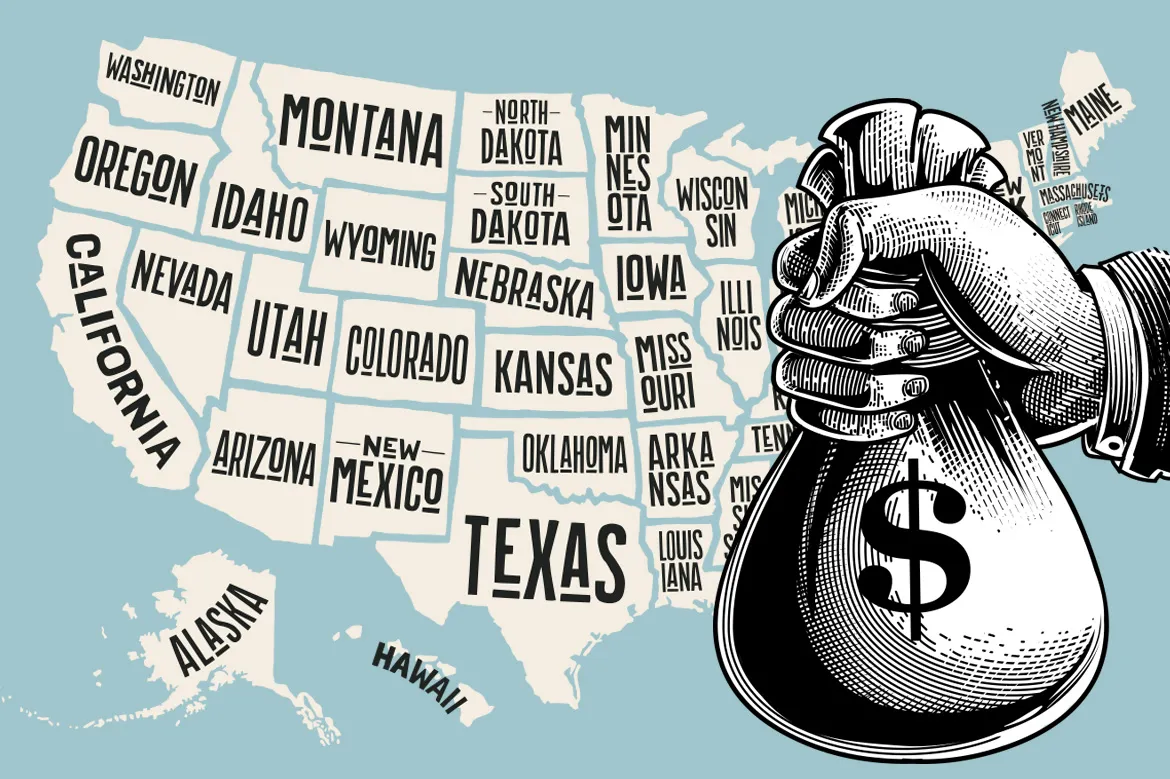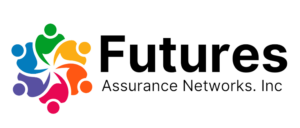
Federal grants are now more accessible than ever. Revised guidance reduces burdens on grant seekers and increases transparency concerning more than $1.2 trillion in federal funding.
The Biden-Harris Administration has announced the most substantial updates to the Office of Management and Budget’s (OMB) Uniform Grants Guidance – which sets the requirements for agencies providing Federal financial assistance – since its inception ten years ago. According to The White House, the revised OMB guidance reduces burdens on grant recipients and increases transparency concerning more than $1.2 trillion in annual federal financial assistance. Government agencies have been directed to put these revisions into effect by October 1, 2024.
Grants Plus and many of our clients provided public comments on the proposed changes before final revisions, and we are delighted to see that our collective feedback regarding the adopted changes was taken into consideration. Highlights of the updates include:
- Notices of Funding Opportunities (NOFOs) must be simple, as short as possible, and written in plain language to make them accessible, particularly for new funding opportunities that are targeted to underserved communities or intended to reach inexperienced applicants.
- NOFOs will have an updated template for all funding agencies to use. This new NOFO template requires an executive summary written in plain language that summarizes the program’s goals and objectives, target audience, and eligible recipients; a clear program description that provides information on the expected outcomes of the grant; information on submission requirements and deadlines; an explanation of the grant application review process; and details on the grant reporting requirements.
- The de minimis threshold will increase from 10% to 15% (this is the rate that nonprofits without a negotiated Indirect Cost Agreement can use as their indirect cost rate in their proposed budget).
- The single audit threshold will increase from $750,000 to $1 million (a “single audit” is an independent compliance audit that must be performed when a nonprofit expends a certain amount of federal award dollars in a fiscal year; this audit is substantially more involved than a regular independent audit).
- Federal financial assistance recipients will be allowed to spend a portion of award funding on data gathering and evaluation activities related to the award. Allowable costs include staff, materials, contractors, subawards, data infrastructure, and other expenses that support the effective use of data and evaluation throughout the full program life cycle, from planning to implementation and closeout.
- Federal fund recipients will be encouraged to conduct public participation and community engagement activities and be allowed to spend funds on these activities related to the award.
- Funding agencies and NOFOs will emphasize the importance of engaging organized labor, using responsible contractors, and outlining examples of permitted labor and employment practices.
- Recipients of Federal funds will be allowed to charge certain administrative costs associated with closeout to the final budget period.
- The threshold for the value of equipment that at the end of the grant period “may be retained, sold, or otherwise disposed of with no further responsibility to the Federal agency” will increase from $5,000 to $10,000.
- Funding agencies can translate grant notices or other documents into another language.
With $1.2 trillion available and significantly reduced burdens on applicants, these revisions present an opportune time to pursue government grants.
Are you considering pursuing government grants this year?
Contact us. Our team of government grant writing experts has successfully guided our nonprofit partners to secure over $150 million in government grant funding, and we comfortably beat the national average on win rates across significant government funding agencies. Whether you’re a first-time applicant or an experienced recipient of government grants, let’s discuss how we can help you navigate this journey and exceed your government grant funding goals together.



